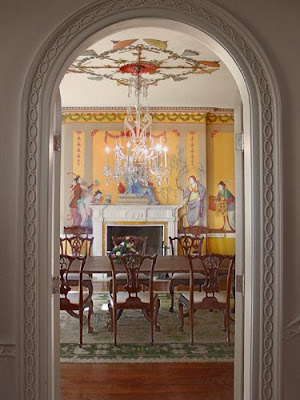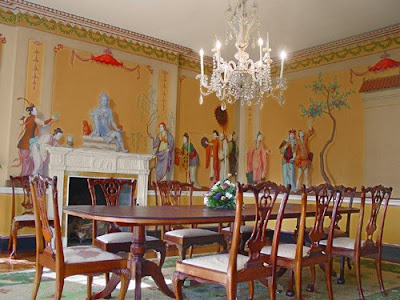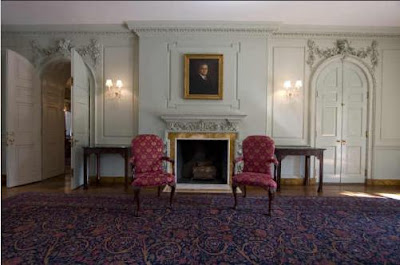
Known for his spare interiors as well as his use of humble, natural materials, Jean-Michel Frank is one of those designers who is often credited by contemporary designers as being a major influence, yet he has remained a bit of an enigma. Perhaps this was due to his all-too brief career and life, having committed suicide in 1941. Or maybe it was because some critics labeled Frank a society decorator. Whatever the reason, critical study of Frank's career did not begin in earnest until the 1980s with a monograph written by Leopold Diego Sanchez. Unfortunately, this book is a bit scarce as well as cost-prohibitive. There is, however, a new work on the design legend that is not only quite comprehensive and informative but will probably prove to be yet another authoritative work on Frank.
Jean-Michel Frank: The Strange and Subtle Luxury of the Parisian Haute-Monde in the Art Deco Period (Rizzoli) initially took shape as the doctoral thesis of Pierre-Emmanuel Martin-Vivier, a historian and authority on twentieth-century applied arts. The book provides the reader with a biographical account of both Frank's life as well as an in-depth look at his career as a designer of both spaces and furniture. While Frank's success was certainly guided by his talent, it was also nudged along by Frank's fortuitous friendships with the French and European beau monde, something which is explored in the book.
(Rizzoli) initially took shape as the doctoral thesis of Pierre-Emmanuel Martin-Vivier, a historian and authority on twentieth-century applied arts. The book provides the reader with a biographical account of both Frank's life as well as an in-depth look at his career as a designer of both spaces and furniture. While Frank's success was certainly guided by his talent, it was also nudged along by Frank's fortuitous friendships with the French and European beau monde, something which is explored in the book.
But Frank certainly developed a style that was all his own, and this is really the heart of this book. Much attention is given to Frank interiors, including his work for Jean-Pierre Guerlain, Andre Meyer, Templeton Crocker, Cole Porter, and of course Charles and Marie-Laure de Noailles. Today, Frank seems to be recognized more for his furniture designs than his interiors, so the text and photographic record of Frank's tables, lamps, and chairs are a major asset of Jean-Michel Frank . Also, Frank's career was characterized by collaborations with other gifted designers and artists, most notably Adolphe Chanaux, Alberto Giacometti, Christian Berard, and Emilio Terry, and this work is given due diligence in the book.
. Also, Frank's career was characterized by collaborations with other gifted designers and artists, most notably Adolphe Chanaux, Alberto Giacometti, Christian Berard, and Emilio Terry, and this work is given due diligence in the book.
I'll admit that I have not yet finished this book; I'm taking my time reading the text, and I find myself getting lost in the gorgeous black and white photos chronicling Frank's work. But so far, I do feel that I better understand the genius and the style of this sad artist, and for this alone I highly recommend this book.

The Sitting Room in the penthouse of Templeton Crocker, San Francisco, 1929. The walls and ceiling were covered in squares of parchment, while the armchairs were upholstered in white leather. One of the Parsons-style cocktail tables was covered in brown shagreen, while the other was sheathed in patina bronze.

The Music Room in Cole Porter's Paris apartment. Although Armand-Albert Rateau was responsible for the paneling (silver lacquer at that), Frank designed the furniture.

Image at top: A Fire Screen covered in straw marquetry, c. 1924. The cabinet at bottom was covered in parchment, c. 1931.

A set of parchment nesting tables and an X lamp made from terra cotta.




















































